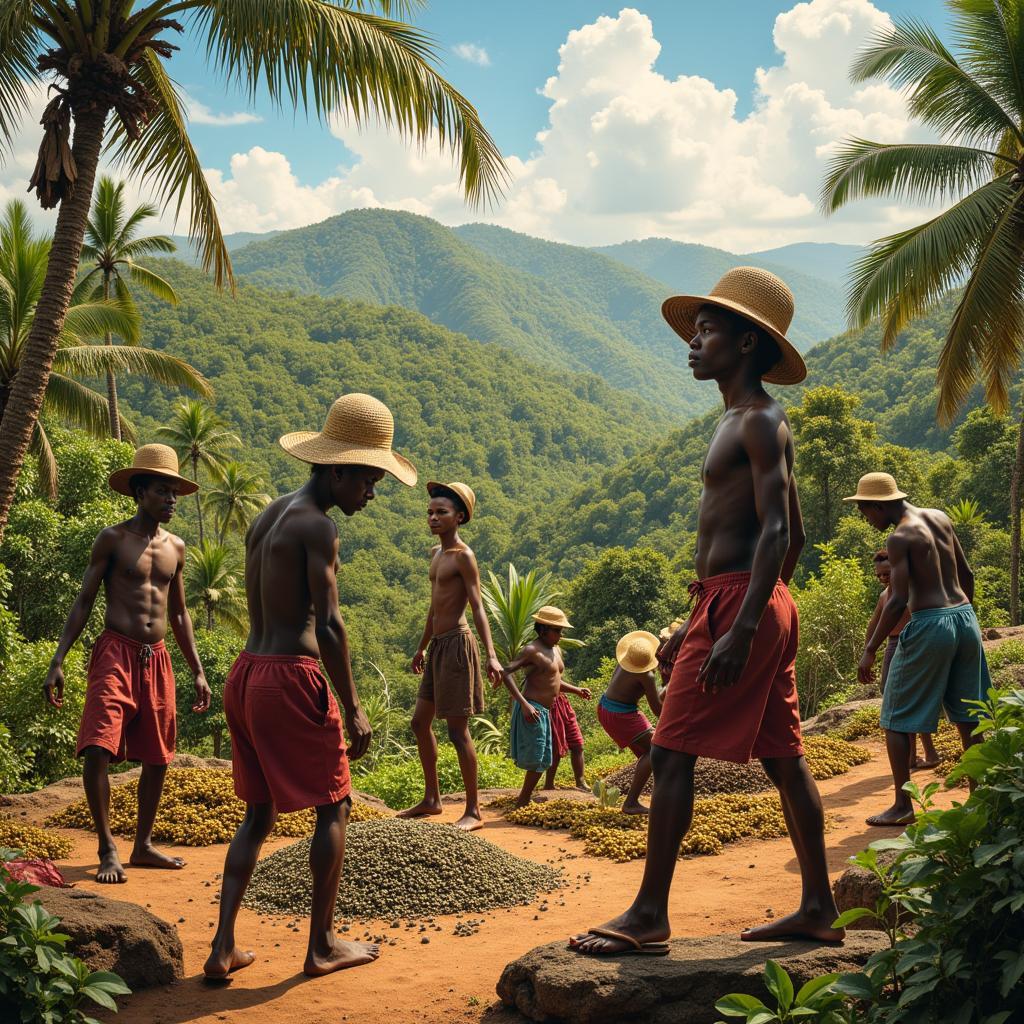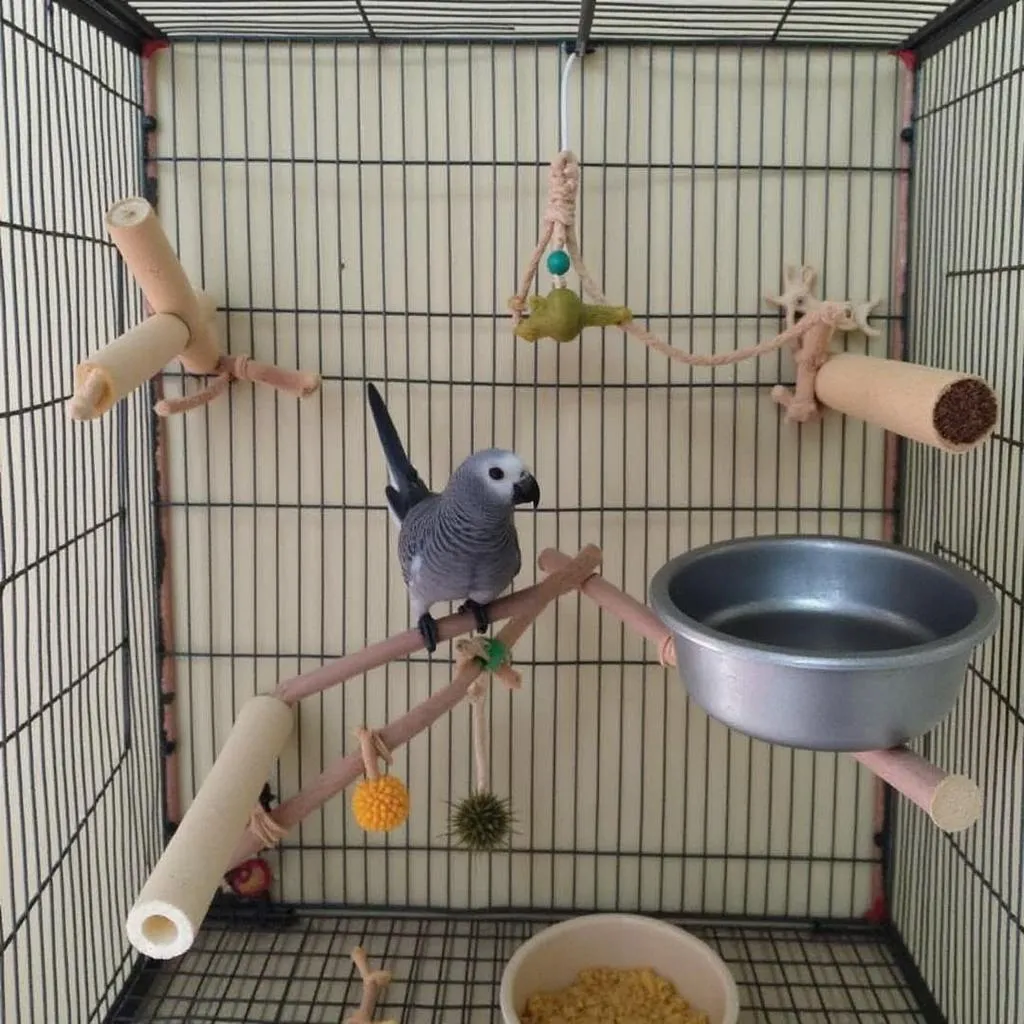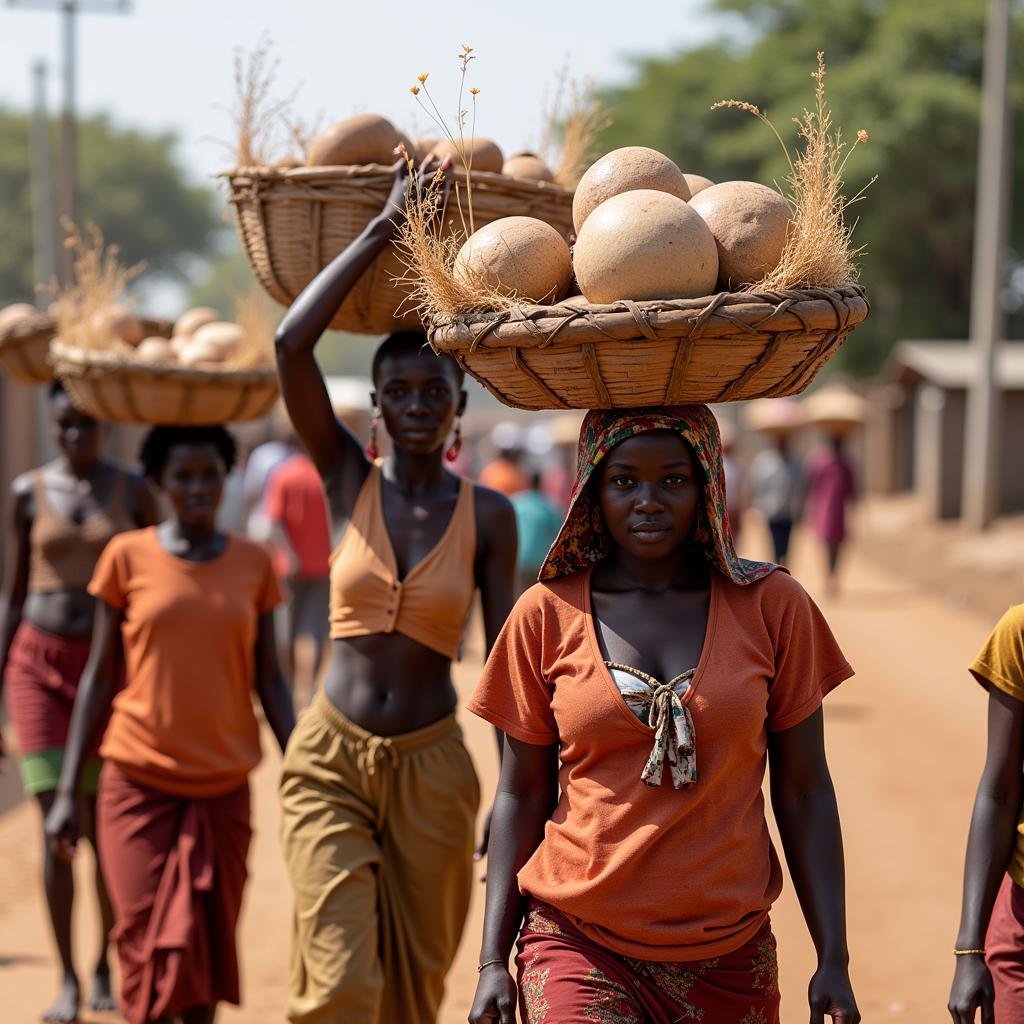Experiencing Africa in Goa: A Cultural Fusion
Goa, a coastal paradise in India, is renowned for its sun-kissed beaches, vibrant nightlife, and Portuguese heritage. But beyond these attractions lies a fascinating, often overlooked aspect of Goan culture: its African influence. “African In Goa” represents a unique cultural blend, a testament to the historical ties between Africa and this Indian state.
For centuries, Goa has been a melting pot of cultures, attracting traders, explorers, and settlers from different corners of the globe. Among them were Africans, who arrived as slaves, soldiers, and merchants, leaving an indelible mark on the social fabric of Goa. This article delves into the fascinating presence of “African in Goa,” exploring their history, influence, and the enduring legacy they’ve woven into the tapestry of this Indian state.
Tracing the African Roots in Goa
The African presence in Goa can be traced back to the 15th century, predating the Portuguese colonization. Arab traders, who had established trade routes across the Indian Ocean, brought enslaved Africans to Goa. These early African settlers primarily worked in the port city, contributing to the bustling trade that characterized Goa at the time.
The Portuguese, who arrived in Goa in the early 16th century, further amplified the African presence. They brought a significant number of enslaved Africans to work on their plantations, especially in the cultivation of spices, which were highly prized in Europe.  African Slaves Working on Goan Plantations
African Slaves Working on Goan Plantations
The Siddis of Goa: Guardians of Tradition
Among the most prominent African communities in Goa are the Siddis. Descendants of enslaved Africans who escaped Portuguese rule, the Siddis established themselves as a distinct cultural group, preserving their African heritage while embracing elements of Indian culture.
The Siddis are renowned for their vibrant musical traditions, which blend African rhythms with Indian melodies. Their dance forms, like the “Dhamaal” and “Goff,” are a captivating fusion of African and Indian elements. These traditions offer a glimpse into the rich cultural heritage that the Siddis have kept alive for generations.
 Siddi Dancers Performing at a Goan Festival
Siddi Dancers Performing at a Goan Festival
African Influence on Goan Cuisine
The African presence in Goa extends beyond music and dance, permeating the culinary landscape as well. African ingredients and cooking techniques have found their way into Goan kitchens, adding distinctive flavors to the local cuisine.
One such example is the use of coconut milk, a staple in African cooking, which is now widely used in Goan curries and stews. The “Cafreal” marinade, a fiery blend of chilies, herbs, and spices, is believed to have African origins and is now a hallmark of Goan cuisine.
Conclusion: Celebrating Cultural Diversity in Goa
The story of “African in Goa” is a testament to the enduring power of cultural exchange. It’s a story of resilience, adaptation, and the creation of something unique and beautiful through the blending of different traditions. While the African presence in Goa may be less visible than its Portuguese heritage, it’s no less significant. The music, dance, cuisine, and the very spirit of Goa are enriched by the contributions of its African community. Recognizing and celebrating this diversity is essential for a deeper appreciation of Goan culture in its entirety.



